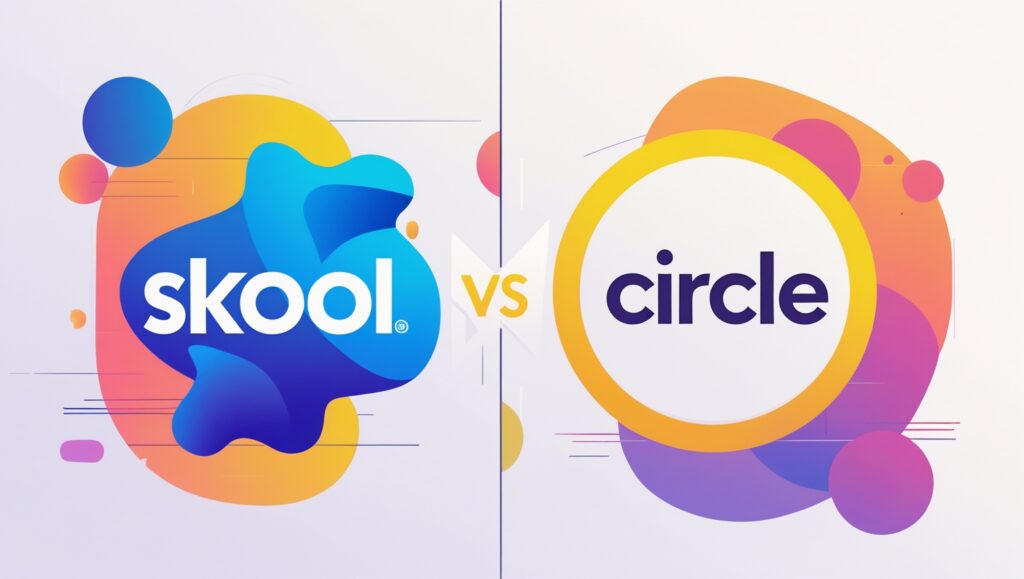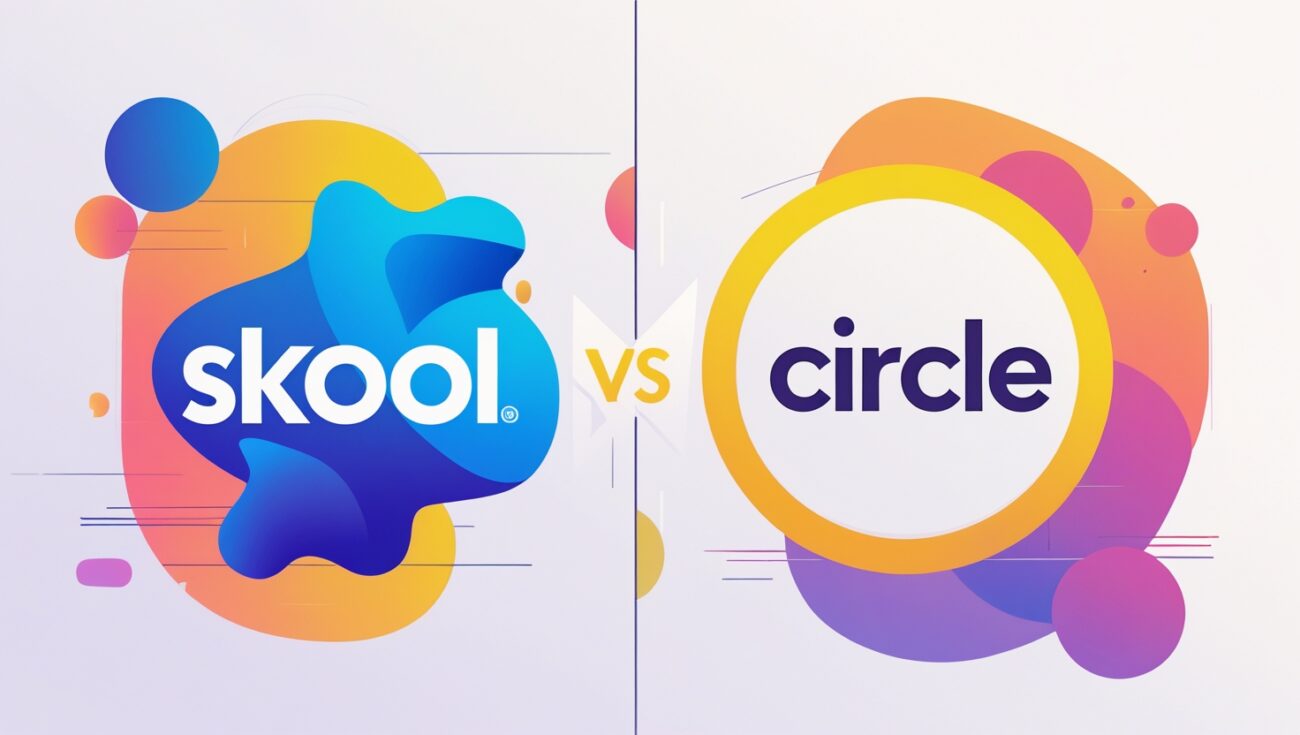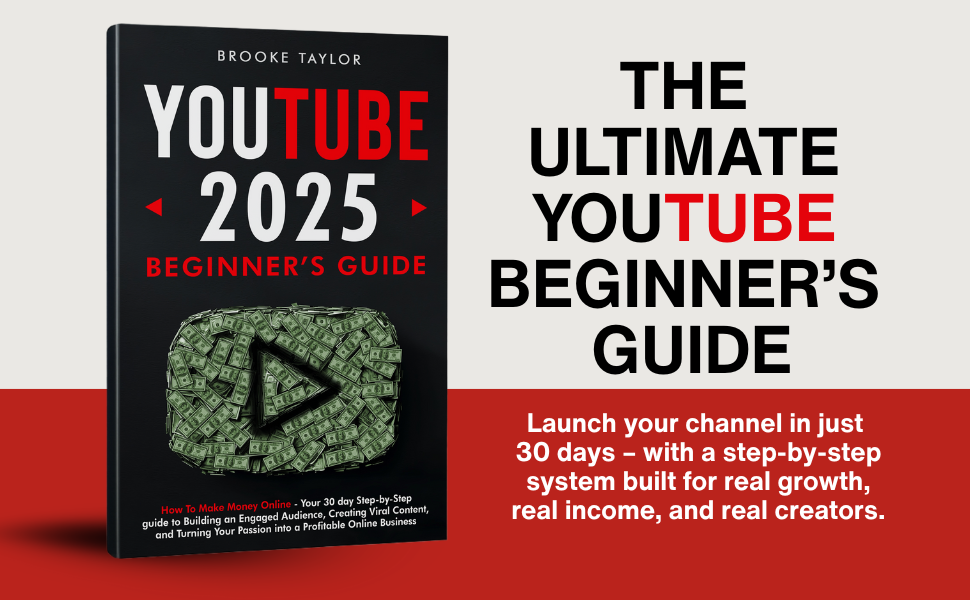Skool vs Circle: Which One Builds Better Communities?
When I set out to build a private community that felt clean, simple, and genuinely engaging — I found myself comparing two major platforms: Skool and Circle. Both promised to help me create a space for members to connect, learn, and grow. But after testing them both, it became clear which one fit my goals better.
In this post, I’ll walk you through my personal experience using Skool vs Circle, how each platform compares, and why I ultimately chose Skool to build my paid membership community. If you want to skip straight to trying Skool, here’s my personal link:
Click here to start your Skool group

Table of Contents
What Skool and Circle Have in Common
Both Skool and Circle were created to solve the same problem: building a dedicated space for your community outside of noisy, algorithm-controlled platforms like Facebook. They both offer:
- A customizable group or community space
- Member profiles, comments, and posts
- Course or content hosting
- Private and public group settings
- Mobile-friendly access
But once I started using both, I realized that while they serve similar functions, they’re built for very different types of creators.
Why I Chose Skool Over Circle
Let’s get into the reasons I made the switch — and stuck with it.
1. Skool Prioritizes Simplicity
I’m busy running my business. I don’t want to spend days learning a new tool or setting up complex layouts. With Circle, I felt like I had to design every little section — almost like I was building a mini social network. That’s great for some people, but not for me.
With Skool, I signed up, created my group, uploaded lessons, and went live within a few hours. Everything is already structured — feed, classroom, calendar. There’s no clutter or decision fatigue. I just log in and run my community.
2. Skool Combines Courses + Community Seamlessly
One of my biggest problems with Circle was that the course experience felt separated from the community. I wanted people to go through my content and engage in the same place. With Skool, your community and classroom are fully integrated — they sit right next to each other in the main menu. That means members can watch a lesson, then instantly jump into a discussion or ask questions without clicking away.
This setup keeps people active longer, and drives better course completion rates in my experience.
3. Skool Has Built-In Payments with Stripe
I love that Skool lets me charge for access directly inside the platform. I connected my Stripe account once, and now I can offer monthly memberships, one-time fees, or even tiered pricing — all without needing third-party checkout tools.
Circle requires external setups to handle payments. That adds more steps, more cost, and more tech issues I’d rather avoid.
4. Engagement Is Easier on Skool
Skool makes it fun and effortless for people to interact. Every comment, post, and lesson completion earns points. The leaderboard creates a sense of healthy competition, which naturally boosts participation. In my own group, I noticed members were posting more and showing up for calls — without me having to push them.
Circle doesn’t have built-in gamification. You’d have to use integrations or external plugins to create that kind of energy, and I just didn’t want to add more tech to manage.
5. The Experience Feels Cleaner and More Focused
Circle allows for tons of customization — which is great for teams or big brands. But I found that more options created more distractions. Skool’s interface is simple and focused on what matters: connection, learning, and action.
My members aren’t overwhelmed. They know exactly where to go, and I spend less time answering questions like “Where’s the link?” or “How do I access the training?”
What Circle Does Better
To be fair, Circle isn’t a bad platform — it just serves a different type of user.
- If you want a white-label experience with your logo, custom domain, and design control, Circle is more flexible.
- If you’re building a large company portal, running multiple programs, or need heavy integrations (Zapier, Notion, Slack), Circle supports that better.
But if you’re like me — a creator, coach, or course builder who wants to launch fast and keep things simple — Skool is the better choice.
Which Platform Builds Better Communities?
From my personal experience: Skool wins when it comes to true engagement, ease of use, and simplicity.
My members are more active. They stay subscribed longer. And I’ve been able to grow without tech headaches. That’s what I care about most. A community isn’t about design — it’s about connection. Skool creates that space better, without me needing to be a developer or full-time admin.
If you’re considering either one and want to go with what’s proven to work for creators like me, I recommend starting with Skool.
Click here to try Skool now
One of the unexpected benefits of switching to Skool was how much time it saved me week to week. With Circle, I was spending extra hours figuring out how to structure spaces, naming sections, and connecting third-party tools. With Skool, I just show up, teach, and serve. I don’t waste time managing tech or chasing down broken links — everything is already where it needs to be.
I also noticed that my members had fewer questions. When I was using Circle, people often messaged me asking where to find certain posts, how to access the lessons, or what link to use for live calls. With Skool, those questions disappeared almost overnight. The platform is so intuitive that even my least tech-savvy members were able to navigate it without help.
From a business perspective, Skool helped me launch faster. I didn’t need to write onboarding emails or create long welcome tutorials. Once someone joins my group, they see the content, calendar, and feed right away. The structure itself does the onboarding for me — which means less manual work and better results.
I’ve also had more organic referrals with Skool. Because the platform is visually clean and easy to use, people ask me about it. They see my group and want to know how I built it. That gives me the perfect opportunity to share my experience and my affiliate link. If you’re considering doing the same, here’s mine again:
Start your Skool group here
Another key difference I noticed is in community energy. On Skool, people engage more deeply. The way the platform is designed naturally creates a flow — from course to discussion to events — without friction. That’s helped me build stronger bonds with my members, which ultimately leads to better retention and referrals.
Circle has more customization — and that’s fine if you’re building something more like a branded app or multi-program platform. But if you want to create transformation through community, the tool needs to get out of the way. Skool does that better because it removes the noise and puts the focus on connection and content.
The calendar integration inside Skool is one of the features I didn’t think I needed — until I used it. I now run weekly group calls and live events, and I love how members can RSVP, see what’s coming, and even watch replays directly from the same interface. Circle doesn’t offer that built-in, which forced me to rely on Google Calendar or Zapier hacks.
I’ve also found Skool’s mobile experience to be smoother. Many of my members access the group from their phones, and Skool’s mobile layout keeps the experience consistent. Circle can be a little clunky on mobile, especially when navigating between spaces or finding specific content.
Even the Stripe integration with Skool is more beginner-friendly. I connected it in a few clicks, set my pricing, and started accepting payments right away. Circle requires more steps or outside tools to create the same kind of payment flow — and for me, that’s extra friction I didn’t want.
There’s also something to be said for the mindset of the platforms. Circle feels like it’s built for businesses who want control. Skool feels like it’s built for creators who want simplicity and results. I didn’t need 50 features — I needed something that worked, and Skool gave me exactly that.
If you’re a coach, consultant, or educator like me, you’ll probably find that Skool feels like home. It’s designed around the idea of teaching and transformation, not just tech. That mindset shift makes a big difference in how your members engage with you — and with each other.
To wrap it up: both platforms have their place. But if you want to build a community that feels alive, easy to manage, and profitable — Skool is the platform I’d recommend. It’s the one I personally use, and it’s helped me grow both my income and impact.
Click here to try Skool today







Embark into the expansive universe of EVE Online. Start your journey today. Trade alongside hundreds of thousands of players worldwide. [url=https://www.eveonline.com/signup?invc=46758c20-63e3-4816-aa0e-f91cff26ade4]Start playing for free[/url]